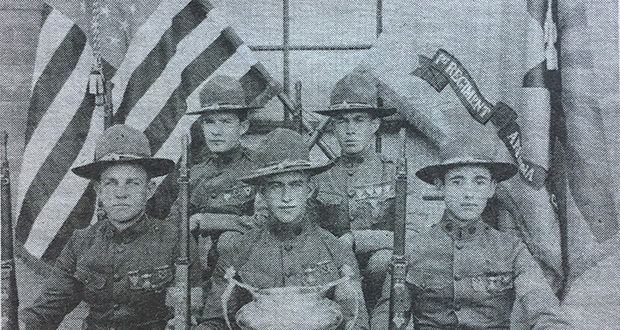Early history of ‘The Arizona Republican’
Arizona Capitol Reports Staff//January 5, 2007//[read_meter]
Early history of ‘The Arizona Republican’
Arizona Capitol Reports Staff//January 5, 2007//[read_meter]
The Arizona Republican writers and staff pose in the basement of the Heard Building on Central Avenue in 1920. By 1920, Phoenix had grown to more than 29,000 citizens. Urban...
No tags for this post.

















